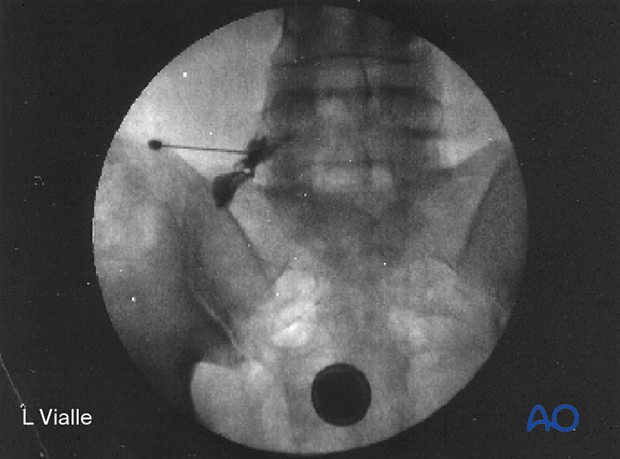Patient evaluation
In the outpatient and inpatient setting, there are standard components of patient evaluation that should always be performed.
Medical history
A thorough medical history is recorded. This includes:
- chief complaint
- evolution and timeline of current symptoms
- current medical conditions
- previous surgeries
- medications
- social history
- family history
Based on the patient’s current symptoms, the exact location, nature, and severity of the body part affected should be clarified.
Assessing how the current symptoms interfere with daily life and function is also essential.
Physical examination
A thorough physical examination involves the evaluation of the following:
- mental status
- cranial nerve function: motor function evaluation in the upper and lower extremities
- individual muscle testing/motor examination of each upper and lower extremity
- sensory function (light touch, pinprick, hot/cold)
- proprioception
- Romberg’s test
- deep tendon reflexes
- pathologic upper motor neuron signs (Hoffman’s sign, clonus, Babinski sign)
- pain elicited with provocative maneuvers (eg, straight leg raise, Spurling test)
- gait
Imaging review
Based on the pathology and the symptomatology, the following X-rays can be helpful:
- Neutral AP and lateral
- Flexion/extension
- Standing 36” scoliosis X-rays
MRI is the gold standard for evaluating soft tissues, including intervertebral discs, nerves, the spinal cord, ligaments, and muscles.
In situations where patients cannot tolerate MRI scans, or it is not possible to obtain them due to a retained metallic object or a non-compatible device, myelography with X-ray or CT may be performed.
Neurophysiological diagnostics
Neurophysiological diagnostic studies are helpful in situations where further clarity of the neurologic process and localization is required. These include electromyography (EMG) and nerve conduction studies.
These tests can help differentiate acute from chronic nerve issues and can also help localize the primary symptomatic nerve root in cases of multilevel disease.
Diagnostic and therapeutic blocks
Nonoperative strategies to help relieve pain and determine a symptomatic level can be accomplished with diagnostic and therapeutic blocks.
Under image guidance, epidural and transforaminal blocks can be performed with the injection of steroids and anesthetic medications to provide pain relief. They can also be diagnostic in determining the most symptomatic nerve root in cases of multilevel disease.














